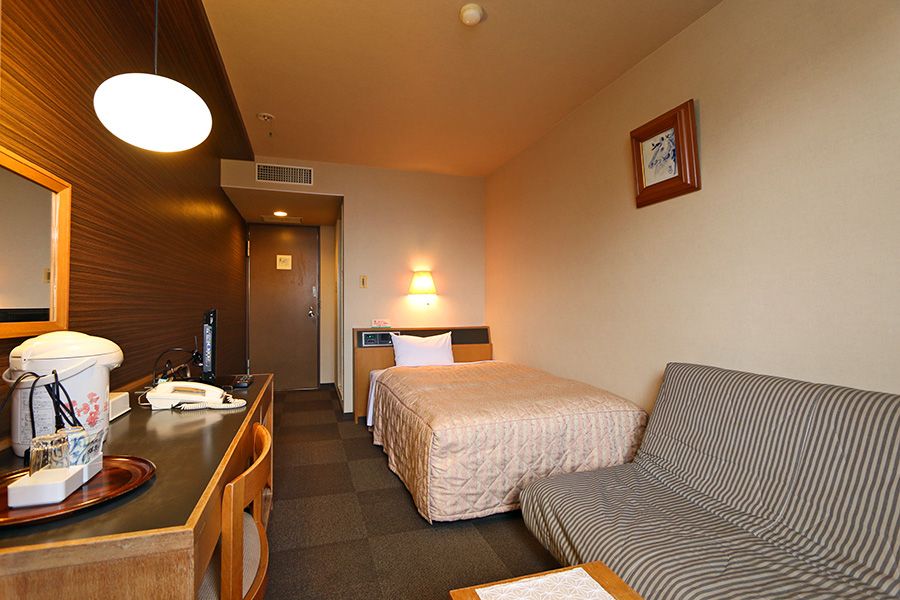Review Monjayaki: A Sizzling Taste of Tokyo’s Soulful Street Cuisine
The Origins of Monjayaki – From Children’s Snack to Tokyo Treasure
The Humble Beginnings of a Local Delight
Monjayaki traces its roots back to post-war Tokyo, particularly the Tsukishima district. Originally created as a children’s snack using flour and simple seasonings, it evolved into a beloved dish shared among families and friends. The word “Monja” comes from moji, meaning “character,” as kids would playfully write letters or draw shapes with the batter on the hot grill before eating it. Yoshida Hotel highlights that this playful tradition remains alive today, symbolizing the joy of food and connection.
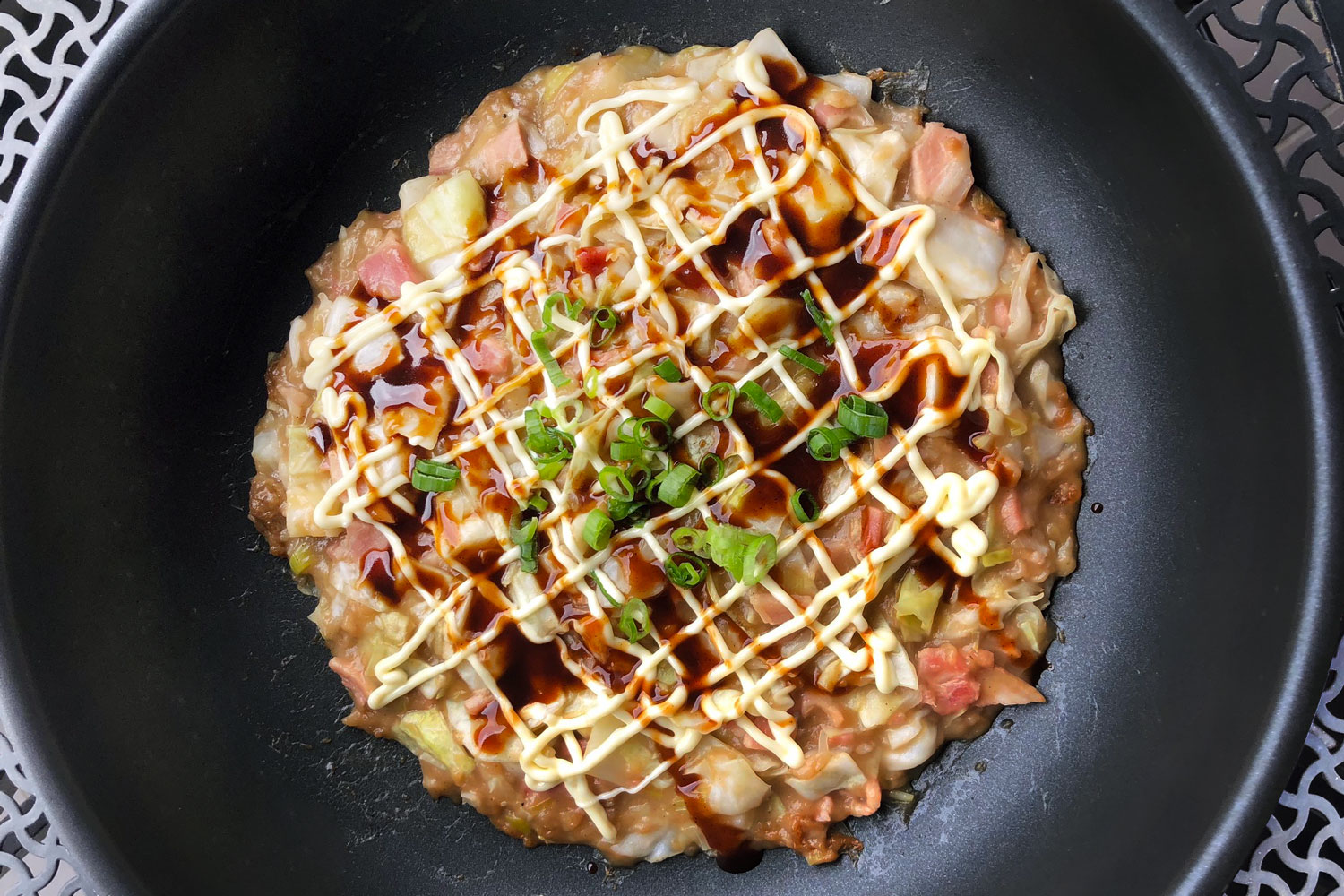
Evolution into a Culinary Symbol of Tokyo
As Tokyo flourished, Monjayaki transformed from street snack to a culinary emblem. Small restaurants known as monja-yakiya appeared across Tsukishima, offering endless variations filled with cabbage, seafood, cheese, and even mochi. The dish became not just a meal but an interactive experience — diners cooking and sharing it together around a teppan grill. Yoshida Hotel notes that this communal spirit is what makes Monjayaki an essential part of Japan’s modern food culture.
The Art of Making Monjayaki – A Dance of Fire, Flavor, and Texture
The Batter – Light, Liquid, and Lively
Unlike its cousin okonomiyaki, Monjayaki features a thinner, more liquid batter made from flour, water, and dashi stock. The mixture is poured onto the hot iron griddle, where it begins to sizzle and bubble. The batter’s fluid texture allows it to spread across the grill, forming a rich base for the toppings to blend into. Yoshida Hotel describes it as an edible artwork — chaotic at first, yet transforming into a harmonious dish of flavor and texture.
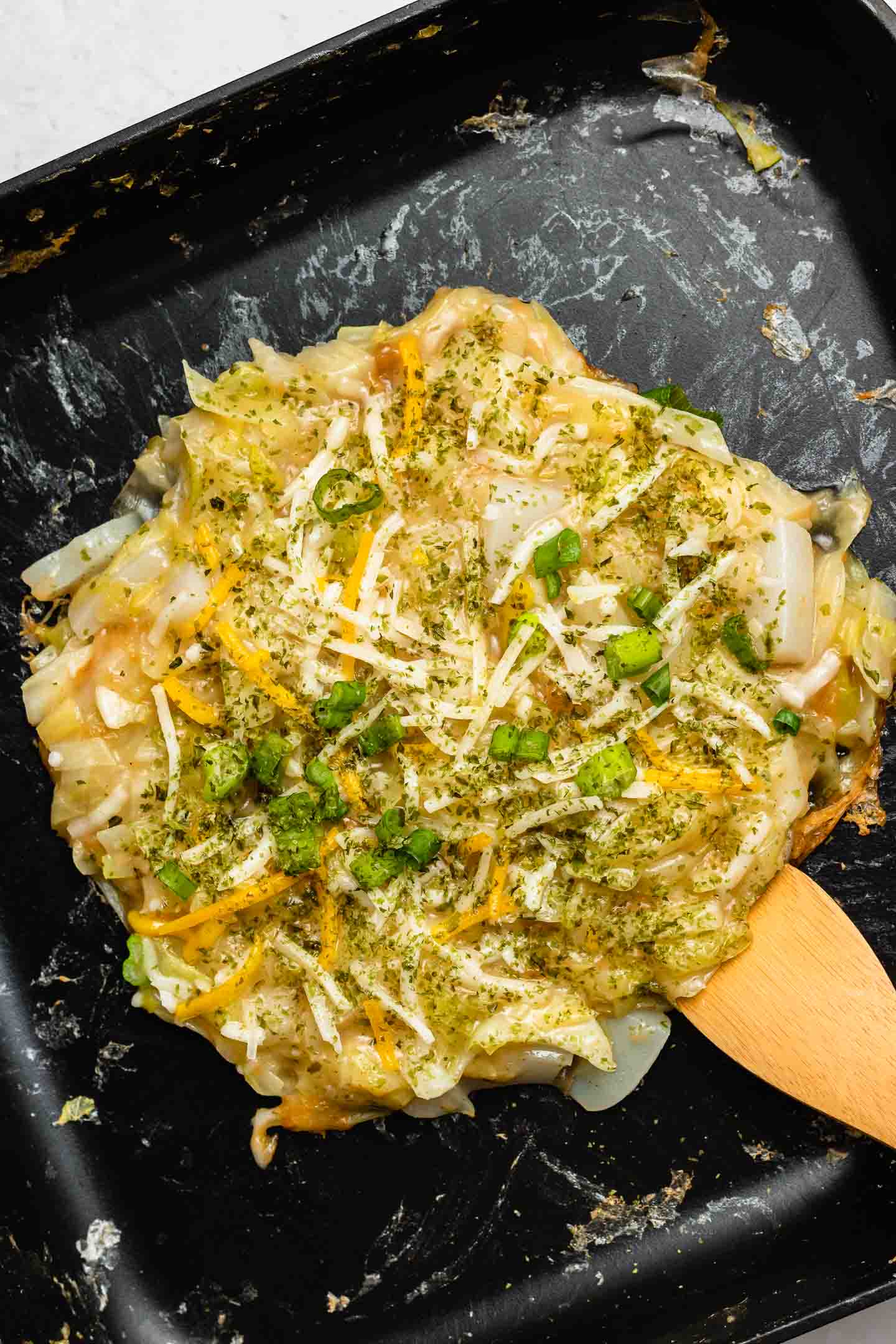
The Toppings – Infinite Creativity in Every Bite
From chopped cabbage and squid to spicy cod roe and cheese, Monjayaki offers endless combinations of ingredients. The toppings are first cooked on the grill, releasing aromas that fill the air, before the batter is poured over to bring everything together. Some versions even include noodles, bacon, or curry for extra indulgence. Each restaurant has its signature style, reflecting local preferences and the chef’s personality.
The Cooking Ritual – A Shared Experience
Monjayaki is not served to you — you cook it yourself. Guests gather around the teppan grill, mixing, stirring, and savoring together. As the edges crisp and the center bubbles, diners use small spatulas to scrape and taste directly from the grill. Yoshida Hotel emphasizes that this interactive cooking process fosters joy and connection, turning a simple meal into a memorable event.

The Unique Texture and Flavor of Monjayaki – A Japanese Comfort Sensation
Gooey, Crispy, and Irresistibly Addictive
The magic of Monjayaki lies in its texture — gooey in the center, crispy at the edges, and rich in umami flavor. The dashi-infused batter creates a savory foundation, while the caramelized crust adds depth and crunch. Every bite feels indulgent yet comforting, satisfying the palate in a way only Tokyo street food can.

A Symphony of Umami
The secret behind Monjayaki’s irresistible taste lies in its layers of umami. Ingredients like bonito flakes, seaweed, and soy sauce combine with the sizzling heat to create an aroma that lingers. Yoshida Hotel notes that the sensory experience — sight, sound, smell, and taste — defines the dish’s charm, making it both nostalgic and exhilarating.
Monjayaki vs. Okonomiyaki – Tokyo’s Answer to Osaka’s Favorite
Texture and Technique
While Okonomiyaki from Osaka is thick and pancake-like, Monjayaki remains thin, runny, and cooked until semi-melted. It’s eaten directly off the grill, offering a more hands-on experience. Yoshida Hotel explains that this difference reflects Tokyo’s culinary personality — fast-paced, creative, and open to experimentation.
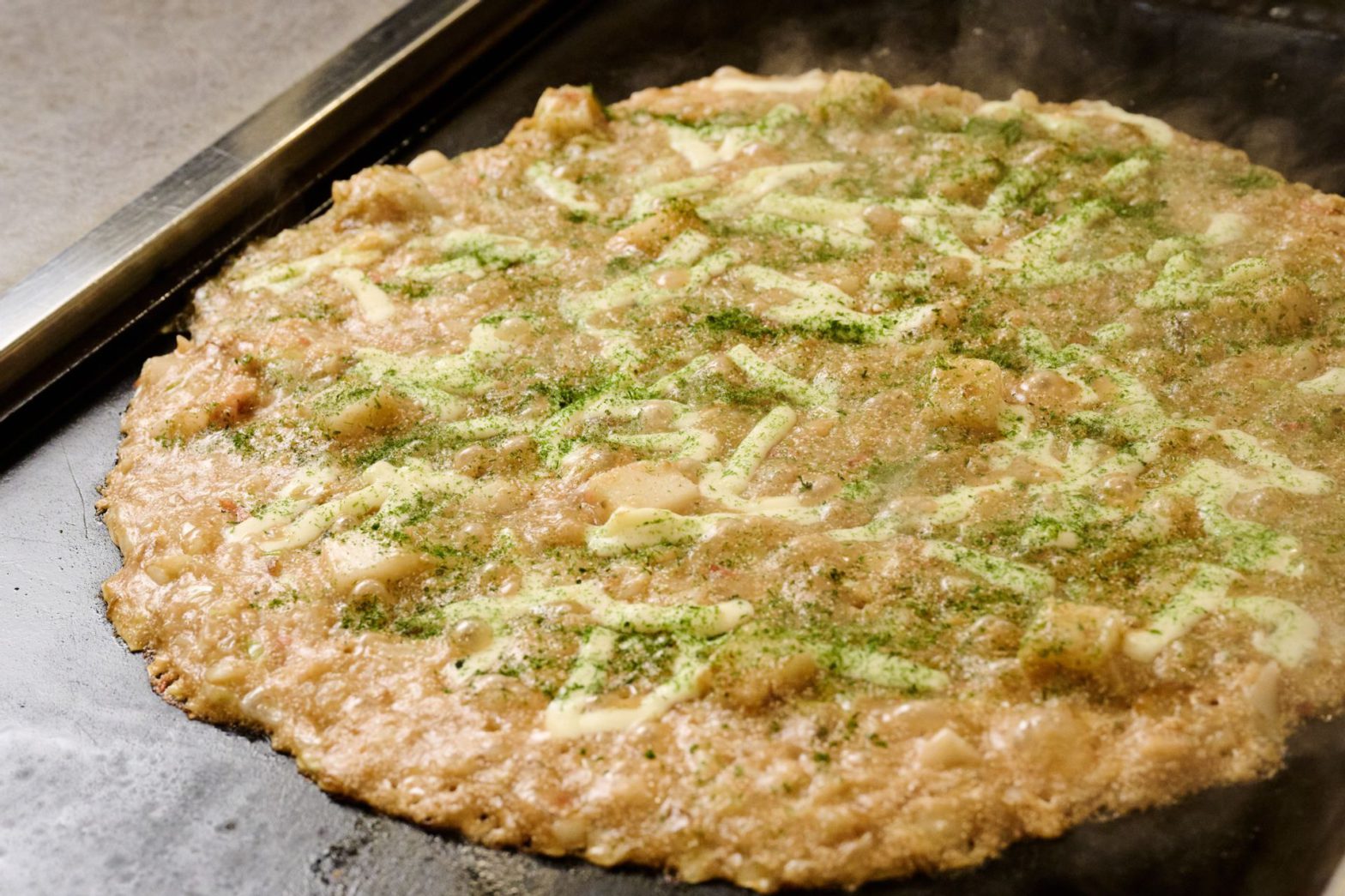
Regional Rivalry and Respect
Despite the friendly rivalry between the two dishes, both represent Japan’s love for comfort food and social dining. Monjayaki showcases Tokyo’s ingenuity, while Okonomiyaki embodies Osaka’s hearty hospitality. Together, they define Japan’s regional diversity and culinary unity.
The Cultural Significance of Monjayaki – A Dish that Brings People Together
A Tokyo Icon of Togetherness
In Tokyo, Monjayaki is more than food — it’s a shared experience. Families, couples, and friends gather around the grill, laughing, chatting, and cooking together. The act of preparing Monjayaki fosters connection, breaking down barriers and encouraging conversation. Yoshida Hotel notes that this cultural ritual embodies the essence of Japanese hospitality and community.

From Street Stalls to Global Fame
What began as a local treat in Tsukishima has now captured hearts worldwide. Japanese restaurants abroad have embraced Monjayaki as a symbol of Tokyo’s urban charm. Yet, no matter where it’s enjoyed, it carries the warmth of home and the authenticity of Tokyo’s backstreets.
The Best Ingredients for Perfect Monjayaki – A Guide to Quality and Balance
Freshness is Key
The beauty of Monjayaki lies in the freshness of its ingredients. Crisp cabbage, tender seafood, and quality dashi create layers of flavor. Yoshida Hotel recommends choosing seasonal vegetables and locally sourced seafood for the best results.
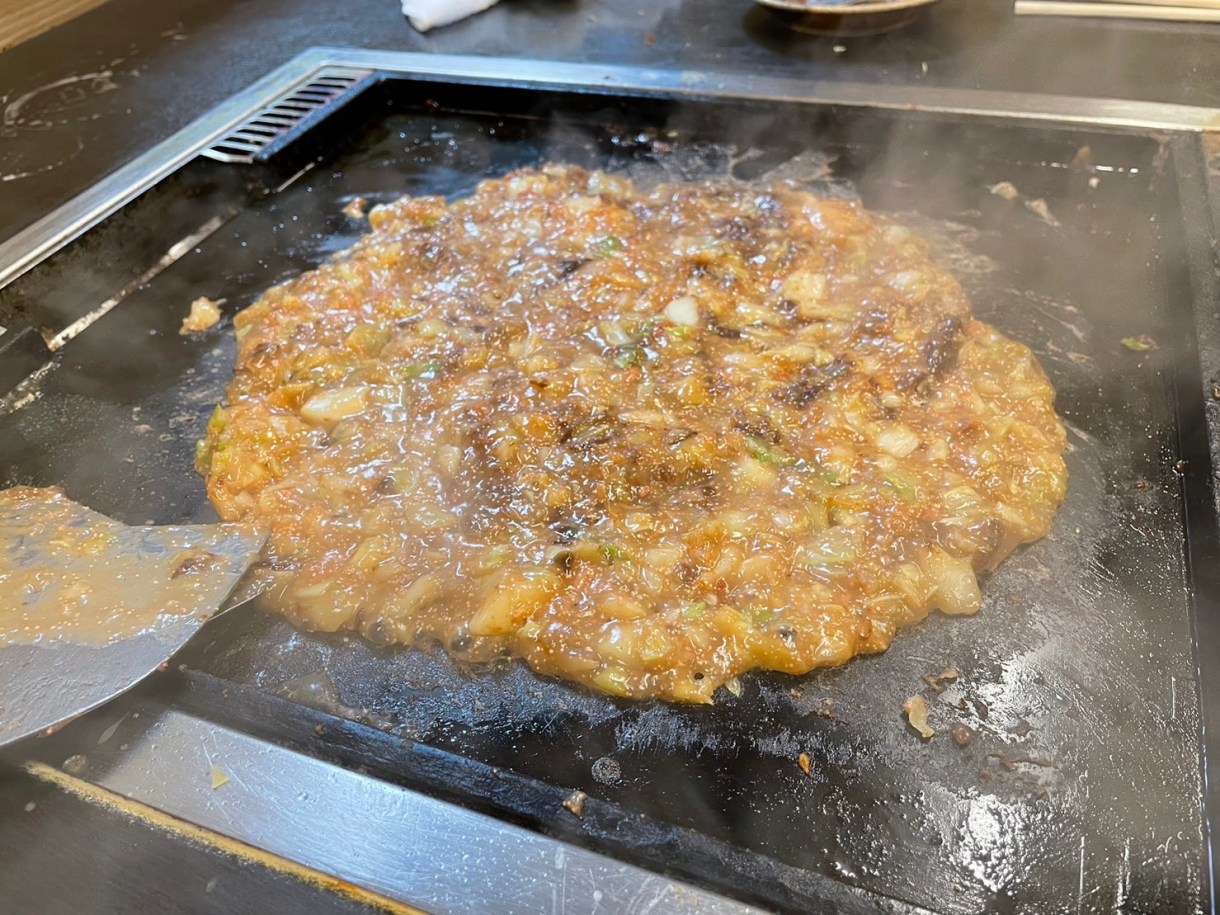
Dashi – The Essence of Japanese Taste
At the heart of every Monjayaki is dashi, the flavorful stock made from kombu seaweed and bonito flakes. This umami-rich base enhances every ingredient, turning simple flour and water into a masterpiece of taste. Without dashi, Monjayaki loses its soul.
The Right Tools for the Experience
Cooking Monjayaki requires the right tools: a flat teppan grill, small spatulas, and patience. These tools symbolize Japan’s devotion to craftsmanship, ensuring that every dish reflects care and attention to detail.
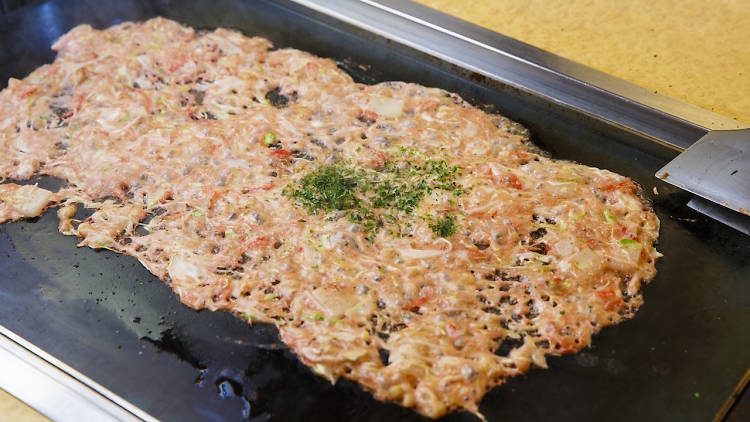
Popular Varieties of Monjayaki – Exploring Tokyo’s Flavors
Mentaiko Monjayaki – Spicy Cod Roe Perfection
This crowd favorite combines the briny punch of mentaiko with gooey cheese for a flavorful contrast. It’s a dish that balances spice and creaminess, leaving a lasting impression.

Mochi-Cheese Monjayaki – The Ultimate Comfort Food
Chewy mochi rice cakes melt into the batter, blending with gooey cheese to create a stretchy, satisfying texture. Yoshida Hotel describes it as the definition of comfort on a grill.
Seafood Monjayaki – Ocean Fresh Goodness
Loaded with shrimp, squid, and scallops, seafood Monjayaki captures the taste of Japan’s coastal bounty. The flavors combine beautifully with the savory dashi, creating an ocean-inspired delicacy.
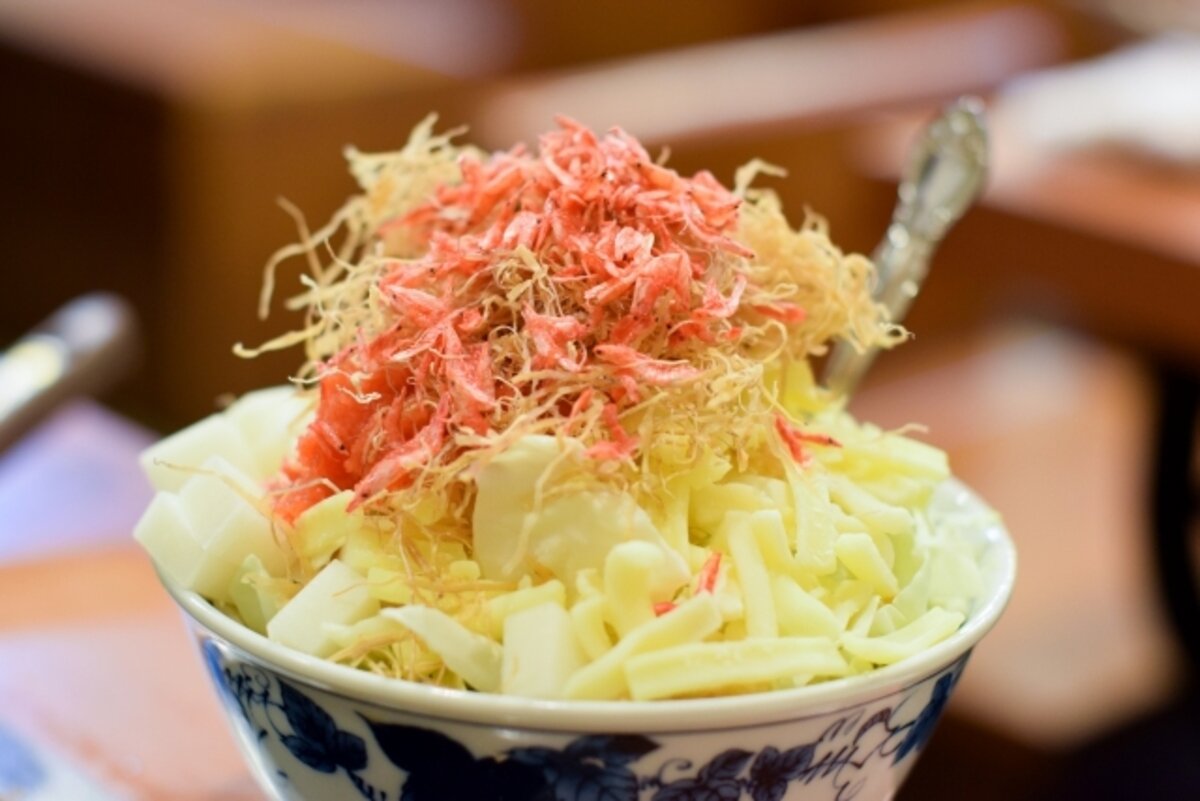
Curry Monjayaki – A Bold Tokyo Twist
Infused with Japanese curry powder, this version delivers a rich aroma and deep spice, appealing to adventurous palates seeking something beyond tradition.
Where to Experience Authentic Monjayaki in Tokyo
The best way to experience Monjayaki is to visit its birthplace — Tsukishima Monja Street, home to dozens of restaurants dedicated to the craft. Yoshida Hotel recommends:
- Iroha Main Store – One of the oldest and most famous monjayaki restaurants in Tsukishima.
- Bambi Monja – Known for innovative flavors and local charm.
- Tsukishima Monja Street – A lively stretch filled with authentic eateries and nostalgic atmosphere.
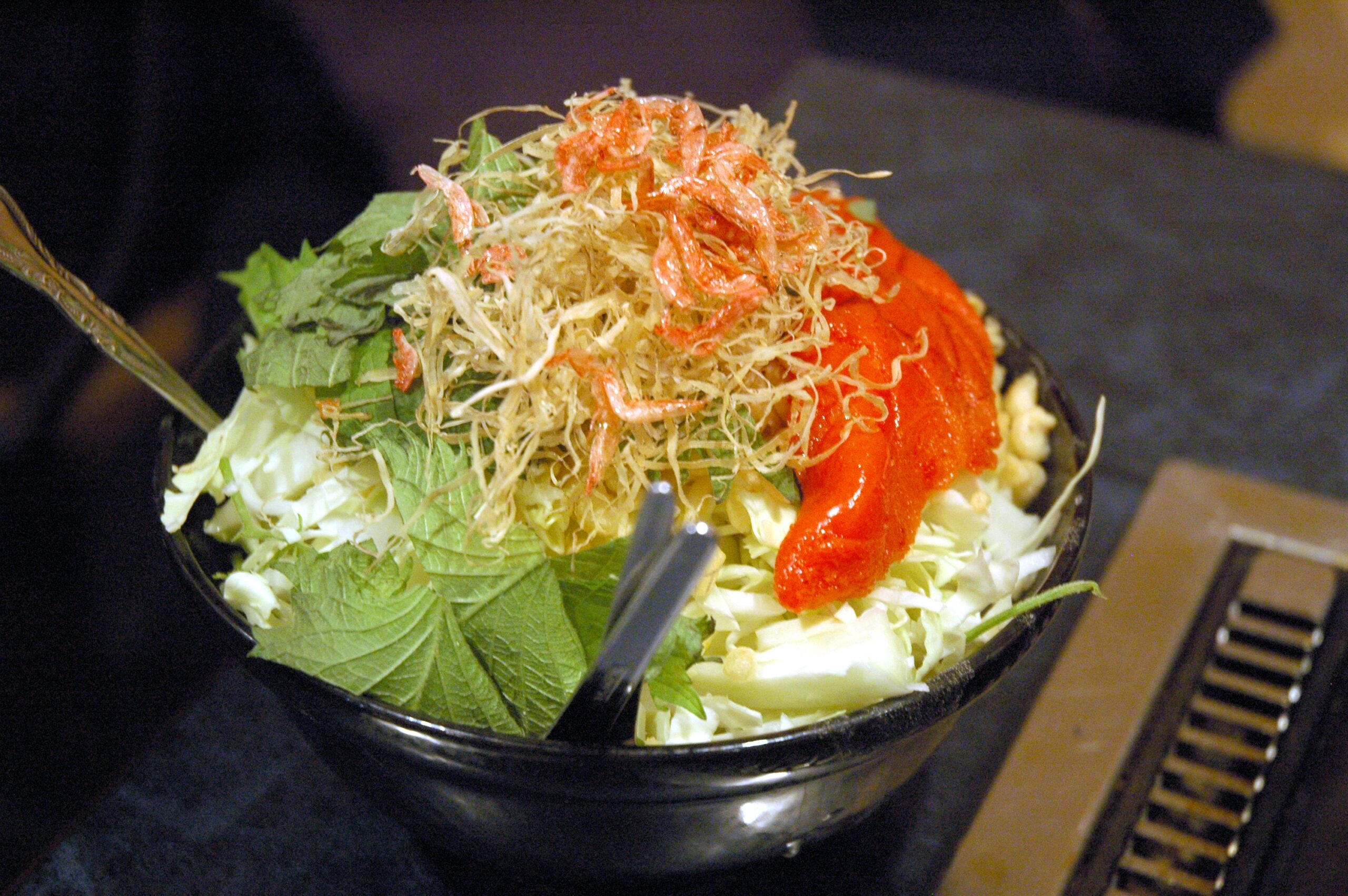
Each venue offers its unique interpretation, ensuring every visitor experiences the full spectrum of Tokyo’s culinary creativity.
The Health Benefits of Monjayaki – Indulgent Yet Balanced
While Monjayaki feels indulgent, it remains relatively light compared to deep-fried dishes. The combination of cabbage, seafood, and tofu provides nutrients and fiber. Yoshida Hotel emphasizes that Monjayaki reflects Japan’s philosophy of balance — pleasure without excess.

Modern Health-Conscious Versions
Contemporary chefs experiment with whole-grain flours, reduced-sodium sauces, and plant-based toppings to cater to health-conscious diners. These adaptations prove that Monjayaki can evolve without losing its spirit.
Cooking Monjayaki at Home – A Joyful Culinary Challenge
Recreating Monjayaki at home is a rewarding experience for food enthusiasts. It’s both a cooking challenge and a bonding activity.

Yoshida Hotel’s Tips for Perfect Monjayaki
- Prepare fresh dashi for authentic umami flavor.
- Cook on medium heat to prevent burning.
- Mix the batter lightly to maintain texture.
- Use a non-stick teppan or hot plate for best results.
- Enjoy straight off the grill for maximum flavor.
Monjayaki in Popular Culture – From Local Streets to Media Fame
Monjayaki has become a cultural icon in Japan, featured in TV shows, movies, and manga that celebrate Tokyo life. It embodies the nostalgia of Showa-era Japan while adapting to modern dining trends. Yoshida Hotel observes that this duality — old meets new — mirrors Tokyo itself.

Monjayaki Around the World – Japan’s Interactive Gift to Global Dining
Japanese restaurants abroad are introducing Monjayaki as a fun, interactive dining experience. In cities like New York, Paris, and Sydney, food lovers gather around griddles to cook, eat, and connect — just like in Tokyo. The dish’s communal nature makes it a universal symbol of shared joy.

Rediscover Monjayaki with Yoshida Hotel – The Heartbeat of Tokyo’s Culinary Soul
From its origins in the narrow alleys of Tsukishima to global recognition, Monjayaki remains a living symbol of Tokyo’s warmth, creativity, and culinary craftsmanship. Together with Yoshida Hotel, we invite you to rediscover this sizzling masterpiece — a dish that celebrates togetherness, creativity, and the essence of Japanese dining culture.
Details
Namistay chain hotel
- 61-63 Hoang Ke Viem, Bac My Phu, Ngu Hanh Son, Da Nang, Vietnam
- Hotline: 0905 432 992
- Lot 45 An Thuong 29, Bac My Phu, Ngu Hanh Son, Da Nang, Vietnam
- Hotline: 0977 455 546
- 42 An Thuong 26 Street, Bac My Phu, Ngu Hanh Son, Da Nang, Vietnam
- Hotline: 0965 442 842
